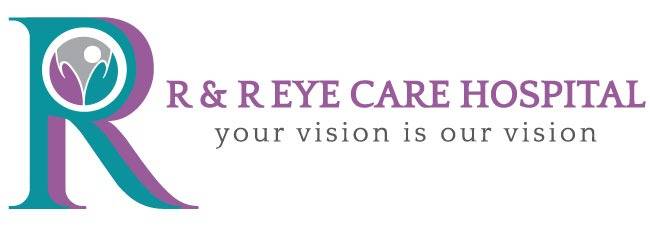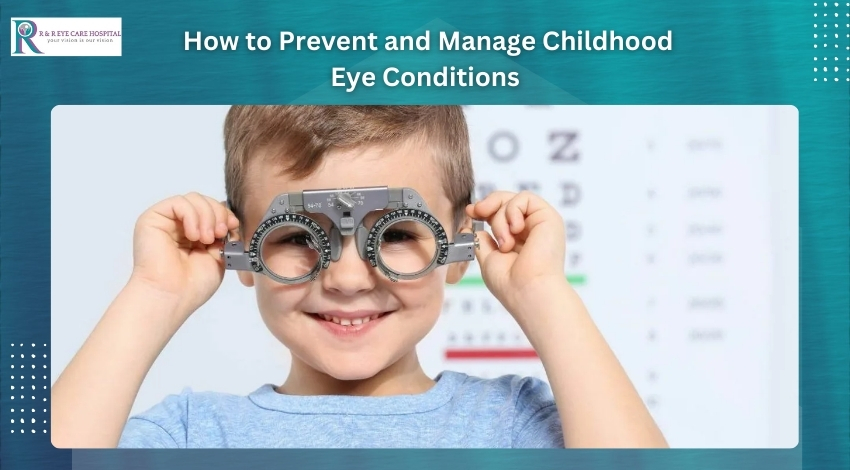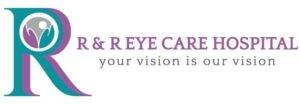Childhood eye conditions can significantly impact a child’s vision and overall development. Early detection and intervention are crucial to preventing long-term consequences and ensuring that children can thrive in their educational and social environments. At R & R Eye Care Hospital, we are committed to providing comprehensive eye care for children. Here’s a guide on how to prevent and manage common childhood eye conditions effectively.
- Regular Eye Exams
One of the most effective ways to prevent eye conditions is through regular eye examinations. The American Academy of Ophthalmology recommends that children have their first eye exam at six months, another at three years, and then before they enter school. Regular eye exams can detect issues early, such as refractive errors (e.g., myopia, hyperopia, and astigmatism), amblyopia (lazy eye), and strabismus (crossed eyes).
At R & R Eye Care Hospital, our pediatric specialists use child-friendly techniques to make eye exams enjoyable and stress-free for children.
- Educate About Eye Health
Education plays a crucial role in preventing eye conditions. Teaching children about the importance of eye health can empower them to take care of their eyes. Here are some essential points to convey:
Screen Time Management: Prolonged screen time can lead to digital eye strain. Encourage the 20-20-20 rule: every 20 minutes of screen use, take a 20-second break to look at something 20 feet away.
Outdoor Activities: Spending time outdoors can reduce the risk of developing myopia. Encourage your child to engage in outdoor play and activities regularly.
Proper Nutrition: A balanced diet rich in fruits, vegetables, and omega-3 fatty acids supports eye health. Foods high in antioxidants, such as spinach and carrots, can be beneficial.
1. Sun Protection
Children are particularly susceptible to UV damage, which can lead to conditions like cataracts and macular degeneration later in life. Ensuring children wear sunglasses with UV protection can help safeguard their eyes from harmful rays. Additionally, wearing hats with brims during outdoor activities can give extra protection.
2. Managing Refractive Errors
If your child is diagnosed with refractive errors, timely intervention is crucial. Glasses or contact lenses can correct these issues, enabling children to participate fully in classroom activities and sports. Regular follow-ups at R & R Eye Care Hospital can ensure that prescriptions are up to date and effectively improving your child’s vision.
- Addressing Amblyopia and Strabismus
Conditions like amblyopia and strabismus require prompt attention. Amblyopia, or lazy eye, can often be treated through patching therapy or vision therapy, which encourages the use of the weaker eye. Strabismus, characterized by misalignment of the eyes, may need corrective lenses, eye exercises, or even surgery in some cases. Early diagnosis and treatment can lead to better outcomes, so regular eye check-ups are vital.
- Monitor for Symptoms
Parents and caregivers should be vigilant in observing any signs of potential eye issues, including:
Squinting or closing one eye
Difficulty concentrating on schoolwork
Frequent headaches
Difficulty reading the board or focusing on distant objects
If you notice any of these signs, consult with an eye care professional at R & R Eye Care Hospital as soon as possible.
Conclusion
Preventing and managing childhood eye conditions involves a combination of regular eye exams, education about eye health, sun protection, and prompt treatment of any detected issues. By fostering healthy habits and staying informed about your child’s eye health, you can help ensure their vision remains clear and their development stays on track. At R & R Eye Care Hospital, we are dedicated to providing specialized care for children’s eye health needs. Schedule an appointment today to ensure your child enjoys a healthy and bright future!




Leave A Comment